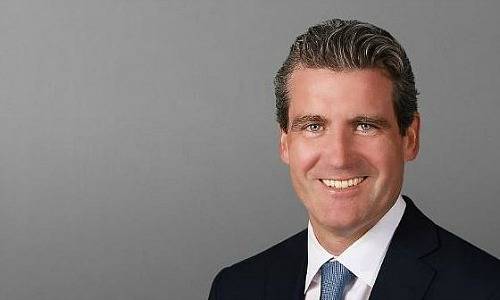Credit Suisse: Now Who's to Blame?
The $1 billion write-off at Credit Suisse is shedding light on a lack of transparency at the investment bank and a huge mistake at the Global Markets unit. Timothy O'Hara has to shoulder the blame and the question is, what his employer is going to do next.
A month into the fourth quarter of 2015 – the markets were already displaying worrying signs – Timothy «Tim» O'Hara, head of the Global Markets unit at Credit Suisse (CS), said ‹securitized products› and ‹credit› were highly profitable businesses on a sustainable basis.
Well, they were not. Three months later, on February 4th, 2016, CS was forced to write off $633 million on illiquid assets and one month later a further $346 million.
In total, CS was forced to write off almost $1 billion on assets it had termed highly profitable a few months earlier.
Official Explanation I
CS Chief Executive Tidjane Thiam delivered the official explanation for the write-offs. He said that the positions had been held without the knowledge of important decision makers. Furthermore, he and CFO David Mathers had been taken by surprise by the size of these illiquid positions.
Without naming the misconduct, breach of rules and the withholding of important information by the appropriate terms, he was crystal clear in that the positions had been increased despite the order to reduce them.
Undermining the Boss
These events were undermining Thiam's efforts to restructure the bank and to regain the trust of investors. And they would seem to put in question the position of investment banker O'Hara, who carries responsibility for the unit. It is surprising that an experienced investment banking manager such as O'Hara would make such miscalculations.
Credits remains a business the 52-year-old U.S. citizen has to get to grips with. Though in charge only since October, O'Hara has seen a great many segments of the business in his 30 years at the Swiss bank. He was already in charge of high-yield capital markets, global securities and leveraged finance – making him a seasoned investment banker.
Which makes it the more surprising that positions were held without O'Hara or the risk managers detecting a problem. To put it differently: If what CS says is correct, whereby the positions did not exceed any limits, then the question needs to be answered why these limits were set so high and who did so.
Official Explanation II
Thiam's explanations seemed to put an end to all questions before chairman Urs Rohner stepped in and delivered a different version to why the write-offs had become necessary. He said that the write-off had be a consequence of how the assets in question had been traded and managed. Faced with this explanation, O'Hara would have been liable to answer a few questions. Because the mistakes by the traders were his responsibility.
He didn't have to. CS hurried to confirm the explanations given by Thiam after Rohner had given his version. The confusion was perfect. This week, «Reuters» news agency added another twist to the story. It put the focus firmly on O'Hara. A little surprisingly, the news outfit was able to cite from an email exchange between Thiam and O'Hara, where the CEO demanded information about the positions held. The fact that an exchange of mail of top managers at a Swiss bank ends on the table of a U.K. news agency is strange, to say the least.
Image and Communications Strategy
In its report, «Reuters» says it had been able to see the exchange on condition that it didn't reveal any further details. To complete the already confusing story, a CS spokesperson yesterday told finews.ch that the bank didn't know how the email exchange had ended up at «Reuters».
The bank's communications strategy has become unconventional ever since Thiam hired his communications boss from his stint at the U.K. insurer Prudential. John Murray is known for being heavy handed at times. More recently, the CEO of Switzerland's second-biggest bank hired Hirzel.Neef.Schmid.Konsulenten, a leading Swiss PR agency to improve his image.
So what did O'Hara know? And what didn't he know?




























